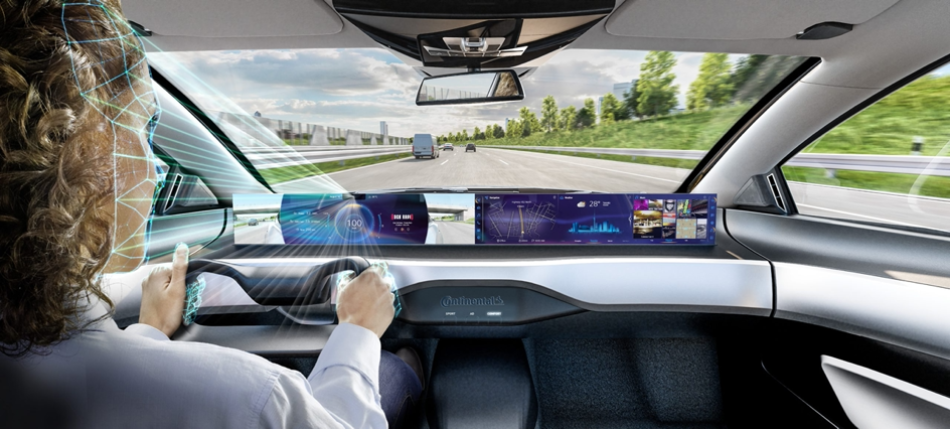ADAC INVESTIGATES SENSORS THAT COULD PREVENT cRASHES CAUSED BY FATIGUE OR DISTRACTION
As overtiredness, distraction or health issues in the driver play a role in 10 percent of serious extra-urban traffic crashes, ADAC investigated how modern, in-cabin sensing systems could help prevent crashes caused by these factors.

In the process, ADAC looked closer at four modern systems from Sony, Ford, DTS/SPERI and Bosch – with one clear result: the prototypes investigated already work well and are able to respond to signs of tiredness, distraction and health issues.
The systems looked at from Bosch, Ford and DTS/SPERI focus on detecting a tired, distracted or health-impaired driver and warn them in good time. Weaknesses only emerged when specific parts of the face were covered (e.g. due to long facial hair) or if the object causing distraction could no longer be covered and captured by the sensor.
Meanwhile, the system from Sony uses a sensor that generates a 3D depth image to address passive vehicle safety, among other things. The depth image allows, for example, the volume and angle of the upper body, distance between the head and steering wheel or an “out-of-position” sitting posture to be detected. Using this information, the vehicle manufacture can adapt restraint systems to the specific properties of the occupants and their sitting position, ensuring the best possible, personalised protection for every occupant in the event of a crash.
The European Union has also recognised potential for avoiding crashes. For this reason, since 6 July 2022, passenger compartment systems in new passenger car models and light commercial vehicles must be able to detect tiredness in the driver (in all new vehicles from July 2024 onwards). From July 2024 onwards, systems in new models will also be required to detect distracted drivers (and in all new vehicles from 2026 onwards).
For ADAC, the following points are crucial for evolving in-cabin sensing:
- In-cabin sensing systems should not only warn the driver in the event of tiredness, distraction and health issues, but should also be linked to driver assistance systems in order to actively prevent a collision or introduce a minimum risk manoeuvre.
- The rate of false triggers should be as low as possible to increase the driver’s acceptance and confidence in the systems.
- User data should not be stored in the vehicle without their consent and should only be used to implement the safety-relevant system functions.
- Optimal use of the potential of in-cabin sensing systems can be attained if these systems are able to address all areas of vehicle safety – before, during and after a crash.

 Facebook
Facebook Twitter
Twitter






